Mastering the correlation between cups and liters is vital for precise measurements in the culinary realm. Whether you possess a deep passion for baking or cooking, accurately converting recipes can be a frequent obstacle. So, how many cups in a liter are there? The approximate answer is 4.227 cups per liter. Armed with this invaluable resource, you can confidently tackle any recipe, ensuring consistent outcomes throughout your culinary endeavors.
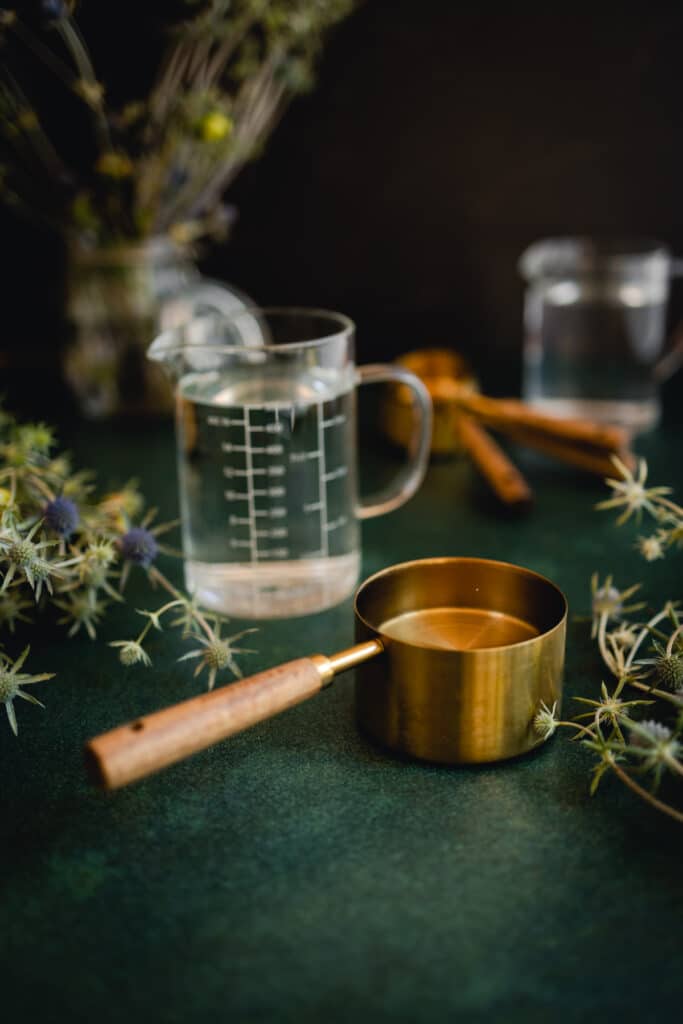
What is a cup?
The humble cup is an important tool in the kitchen, used to measure both liquids and dry ingredients in recipes. To be precise in cooking and baking, it’s important to know where the cup comes from and understand the differences in measurement systems.
The History of the Cup
The concept of using a cup for measurement dates back centuries. Ancient civilizations, such as the Egyptians and Romans, employed cups made from various materials like clay, wood, or metal. However, these cups were not standardized in size or volume. It was not until the 18th century that the notion of a standardized measurement cup emerged.
Metric System
In the metric system, which is widely used around the world, a cup is defined as 250 milliliters (ml). This metric cup is commonly referred to as the “metric cup” and is recognized as a standard unit of measurement.
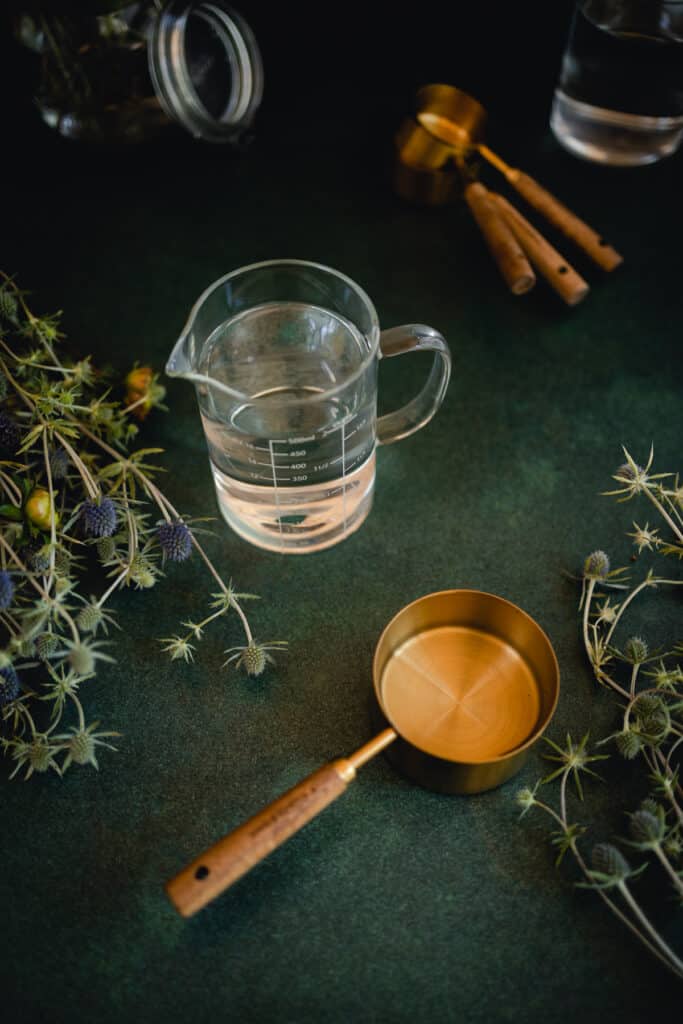
Imperial System
In the United Kingdom and other countries that follow the imperial system, the cup measurement is slightly different. An imperial cup is equivalent to 284 milliliters (ml). It is important to note that the imperial cup is rarely used outside of the UK and is often substituted with the metric cup in international recipes.
US Customary System
In the United States, the customary system is predominantly used. The US customary cup is 236 milliliters (ml). This measurement system can differ from the metric and imperial cups, causing confusion when converting recipes between different systems.
Common Cup Terms
- Imperial cup
- Imperial measurements
- Metric cup
- US cups
- U.S. cups
- Standard cup
- Cup measurements
- Dry cups
- Dry measuring cups
- Liquid cups
Abbreviation For Cup
- C
- c
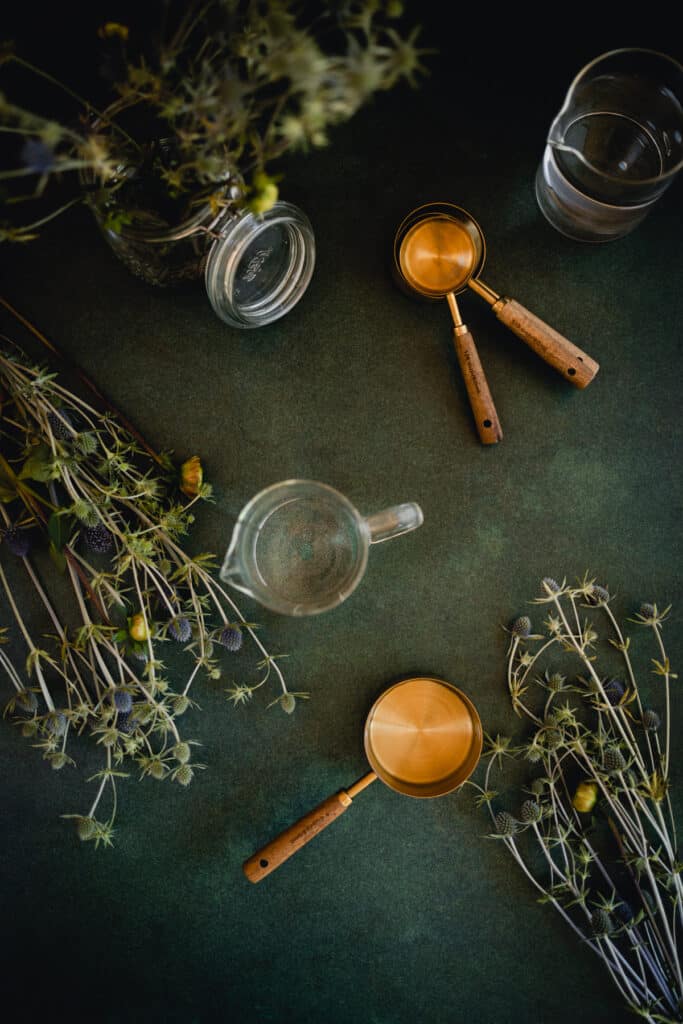
What is a liter?
A liter is a fundamental unit of volume used in various fields, including science, commerce, and everyday life. Understanding the origins of the liter and the different measurement systems it is associated with is essential for accurate conversions and measurements. Let’s explore the history of the liter and the differences between the metric, imperial, and customary systems.
The History of the Liter
The concept of the liter can be traced back to the French Revolution. In 1795, during the reign of Louis XVII, the metric system was established in France, and the liter was introduced as a unit of volume. It was defined as the volume occupied by one kilogram of pure water at its maximum density, which corresponds to a cubic decimeter (dm^3) or 1,000 cubic centimeters (cm^3).
Metric System
The metric system, which originated in France, is widely adopted around the world, including in most countries outside of the United States. In the metric system, the liter is the standard unit of volume. It is equivalent to one cubic decimeter or 1,000 cubic centimeters.
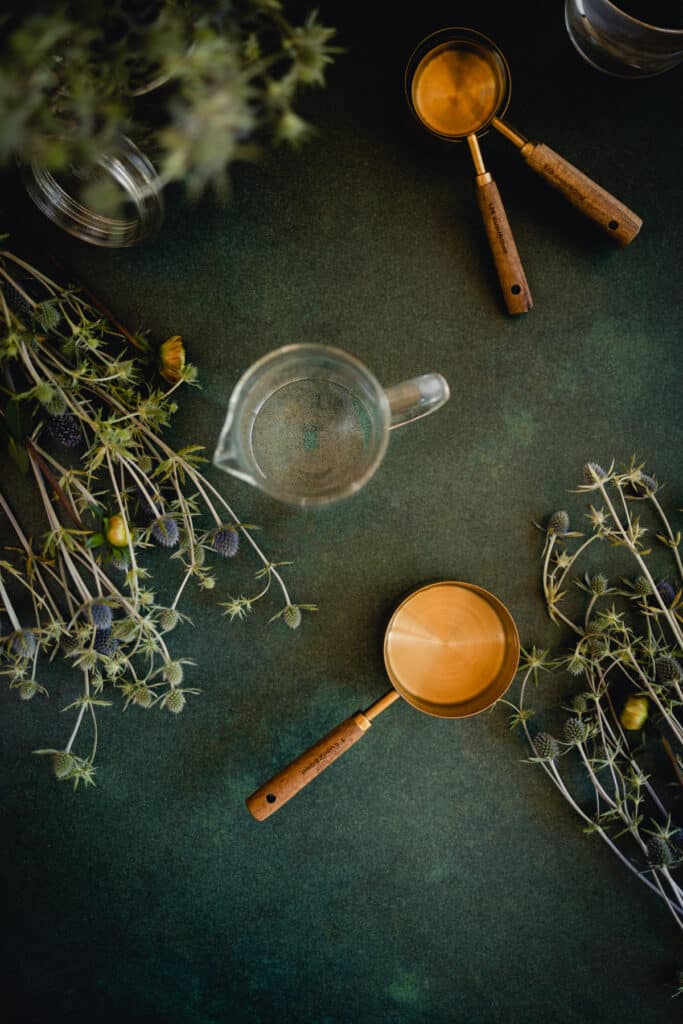
Imperial System
The British Imperial system is a historical system of weights and measures that was once widely used in the United Kingdom and its former colonies. It is based on the British system of units and has different units for length, weight, volume, and other measurements.
In the Imperial system, there is a unit called the Imperial gallon, which is used to measure liquids. It is equal to 4.54609 liters. The gallon is further divided into four quarts; each quart contains two pints, and each pint contains two cups. In this system, the cup is defined as one-eighth of an Imperial pint. Therefore, there are 20 Imperial fluid ounces in an Imperial pint, and since there are 8 fluid ounces in a cup, there are 2.5 cups in an Imperial pint.
When it comes to converting between the British Imperial system and the metric system, such as the liter, it can be a bit more complex. As mentioned earlier, there are approximately 4.54609 liters in an Imperial gallon. This means that there are approximately 18.18436 cups in a liter in the British Imperial system.
It’s worth noting that the Imperial system is no longer widely used or officially recognized in most countries. The metric system, which includes the liter as a unit of volume, is now the standard system of measurement in most parts of the world.
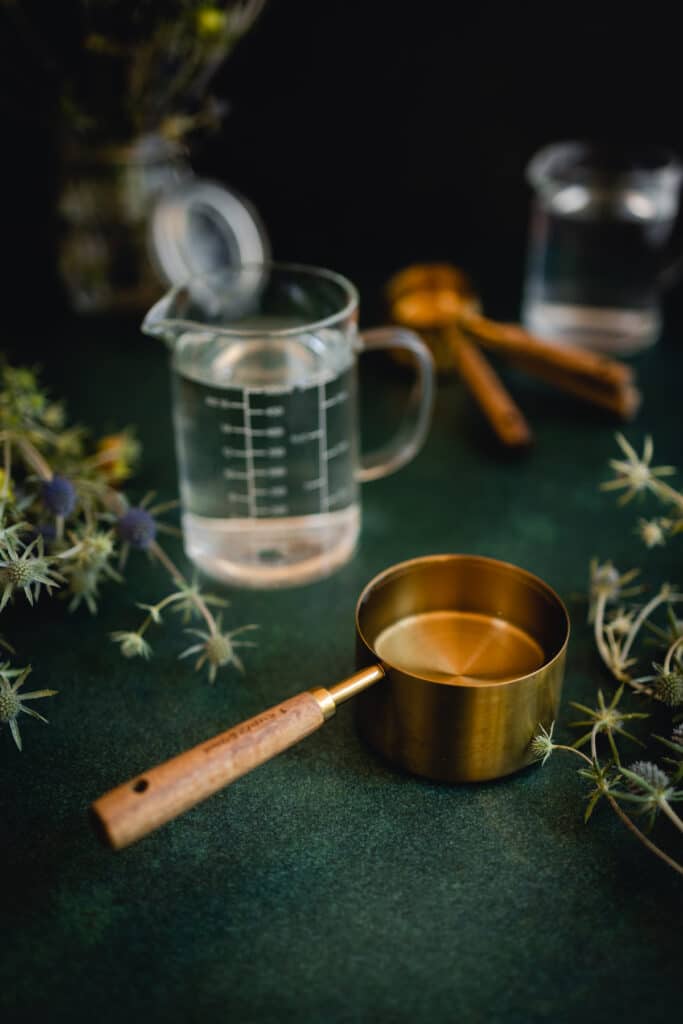
US Customary System
In the US customary system, the gallon is used to measure liquids. There are 4 quarts in a gallon, 2 pints in a quart, and 2 us cups in a pint. Therefore, there are 16 cups in a US customary gallon. However, it’s important to note that the US customary system differs from the metric system, which includes the liter as a unit of volume.
In the metric system, there are approximately 3.78541 liters in a US customary gallon. This means that there are approximately 3.78541 liters in 16 cups in the US customary system.
To summarize, the US customary system uses cups as a unit of volume, with 16 cups in a gallon. The metric system uses liters as a unit of volume, with approximately 3.78541 liters in a US customary gallon, or approximately 16 cups.
Common Liter Terms
- Measurement unit
- Metric measurements
- Metric unit of volume
- Metric units
- Liter measurements
- Liter of liquid
Abbreviation For Liter
- L
- l
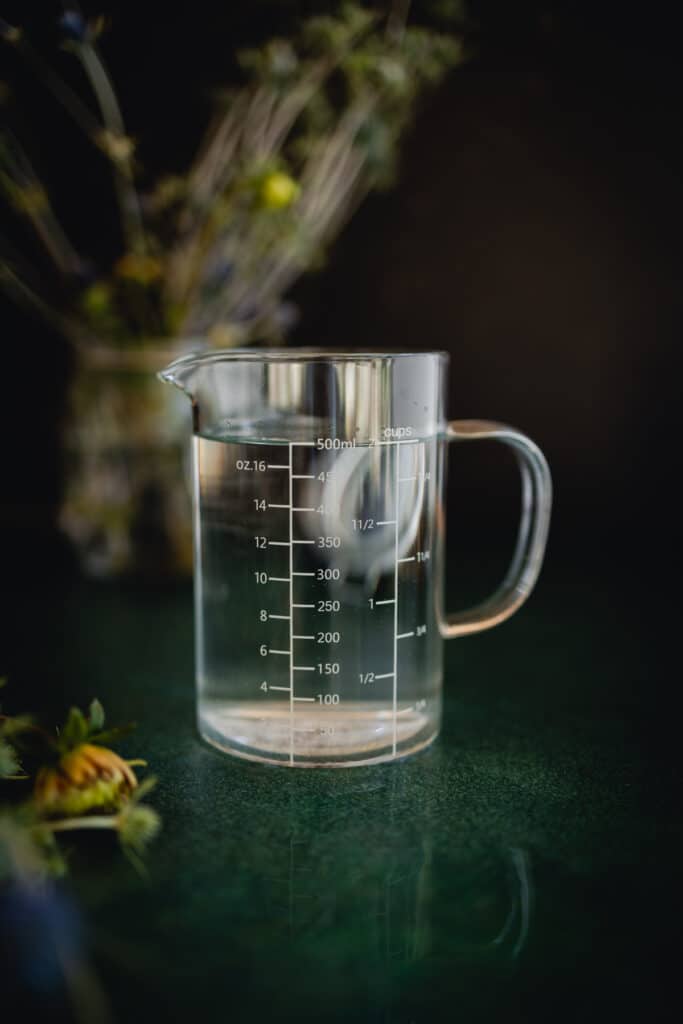
How many cups are in a liter?
Understanding the conversion between cups and liters is vital for precise kitchen measurements. When measuring liquid ingredients like water or milk, the conversion remains constant with approximately 4.227 cups in a liter.
However, for dry ingredients like flour or sugar, the weight and volume can vary. It’s recommended to use a kitchen scale for accurate measurements, considering the density and packing that can affect the number of cups in a liter. Achieving exact measurements ensures recipe adaptation and consistent cooking results.
How many cups in a Iiter of milk?
When it comes to measuring milk, a commonly used liquid ingredient in various recipes, there are approximately 4.227 cups of milk in one liter. This conversion is consistent with the general cups-to-liters ratio, regardless of the type or consistency of the milk (e.g., whole milk, skim milk, or any other variety).
How many cups in a liter of water?
There are precisely 4.227 cups in one liter of water. This conversion remains consistent for water, making it easy to measure and adapt recipes that call for specific volume measurements.
Whether you’re preparing beverages, soups, or any other dish that requires water as an ingredient, knowing that there are approximately 4.226 cups of water in a liter ensures accuracy and helps you achieve consistent results in your culinary ventures.
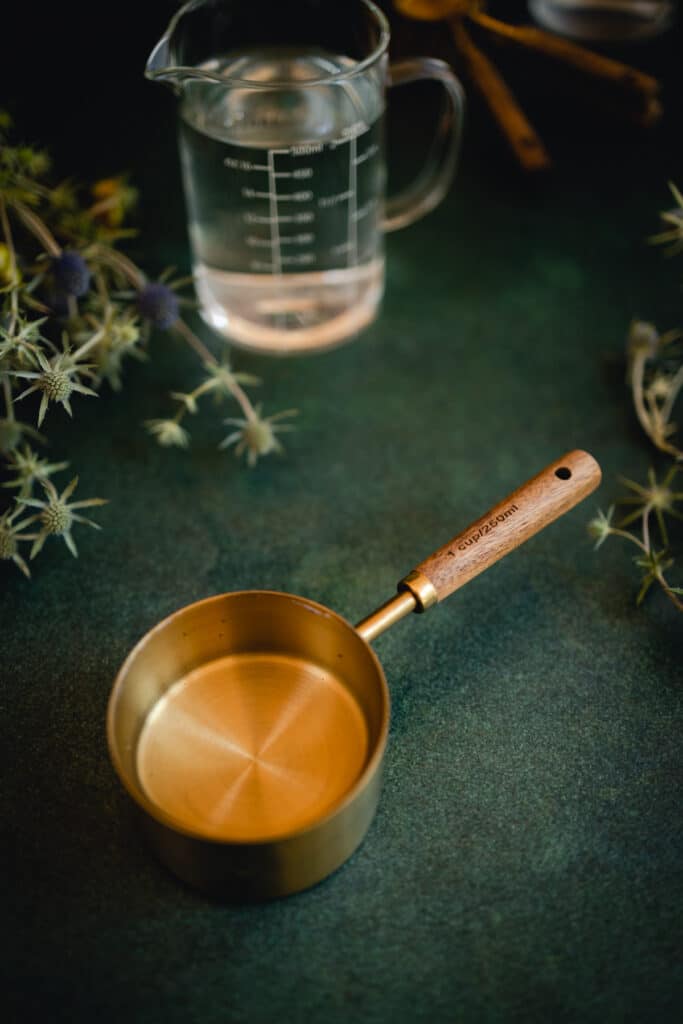
How many cups in a liter bottle?
The number of liquid cups in a liter bottle may vary depending on the specific size and shape of the bottle. However, as a general guideline, a standard liter bottle typically contains around 4.227 cups of liquid.
It’s important to note that different brands and designs of bottles may have slightly different volumes. If you need precise measurements, it is recommended to use a measuring cup or scale to ensure accuracy when transferring the liquid from the bottle to a recipe or container.
Cups To Liter Conversion Chart
Simplify your kitchen measurements with our quick conversion chart. Whether you’re a culinary enthusiast or a professional chef, our simple conversion chart ensures accurate measurements and consistent outcomes in your culinary creations.
| Liters | Cups | Pints | Quarts | Gallons |
|---|---|---|---|---|
| 0.5 liter | 2.12 cups | 1.06 pints | 0.53 quarts | 0.13 gallons |
| 1 liter | 4.23 cups | 2.11 pints | 1.06 quarts | 0.26 gallons |
| 2 liters | 8.46 cups | 4.22 pints | 2.12 quarts | 0.53 gallons |
| 5 liters | 21.15 cups | 10.55 pints | 5.30 quarts | 1.32 gallons |
| 10 liters | 42.30 cups | 21.10 pints | 10.60 quarts | 2.64 gallons |
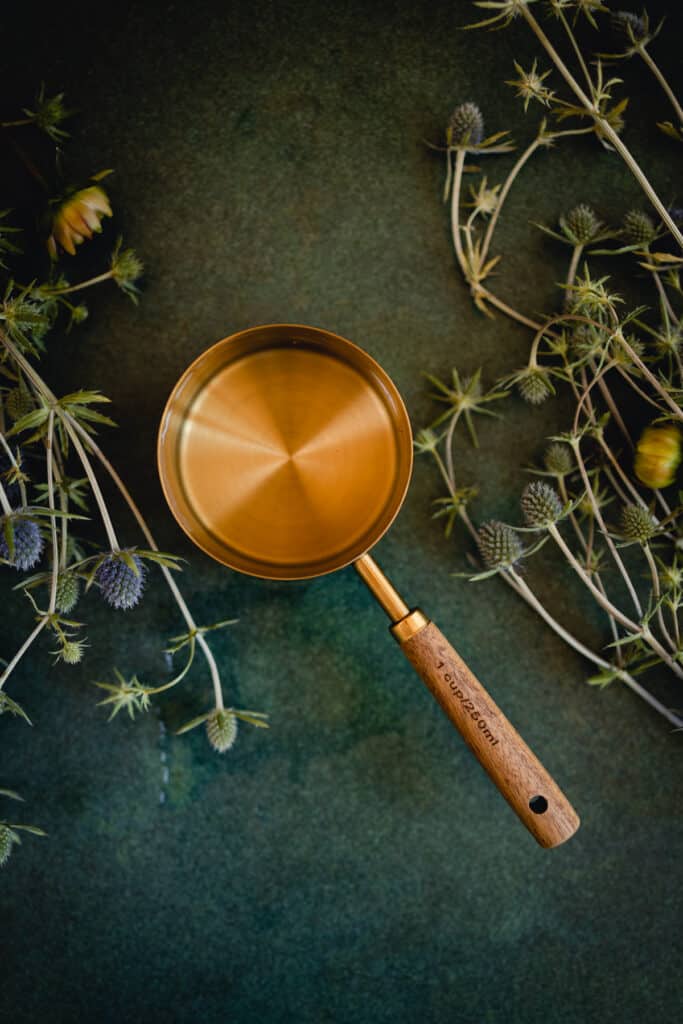
How many cups in 1.5 liters
In terms of cup-to-liter conversion, 1.5 liters is equivalent to approximately 6.34 cups. This measurement is helpful when scaling recipes or adjusting ingredient quantities to suit your needs.
Whether you’re preparing a large batch of soup, a refreshing beverage, or any other culinary creation, knowing that 1.5 liters corresponds to around 6.34 cups ensures you have the right measurements to achieve your desired results.
How many cups in 2 liters?
When it comes to converting 2 liters into cups, the approximate equivalent is 8.45 cups. This conversion is invaluable for accurately scaling recipes and adjusting ingredient quantities.
How many cups in 3 liters?
When converting 3 liters into cups, the approximate equivalent is 12.68 cups. This conversion is valuable for scaling recipes and adjusting ingredient quantities.
How many cups in 4 liters?
When converting 4 liters into cups, the approximate equivalent is 16.91 cups. Whether you’re measuring liquids or dry ingredients, knowing that 4 liters is approximately 16.91 cups allows for accurate measurements and consistent results in your culinary pursuits.
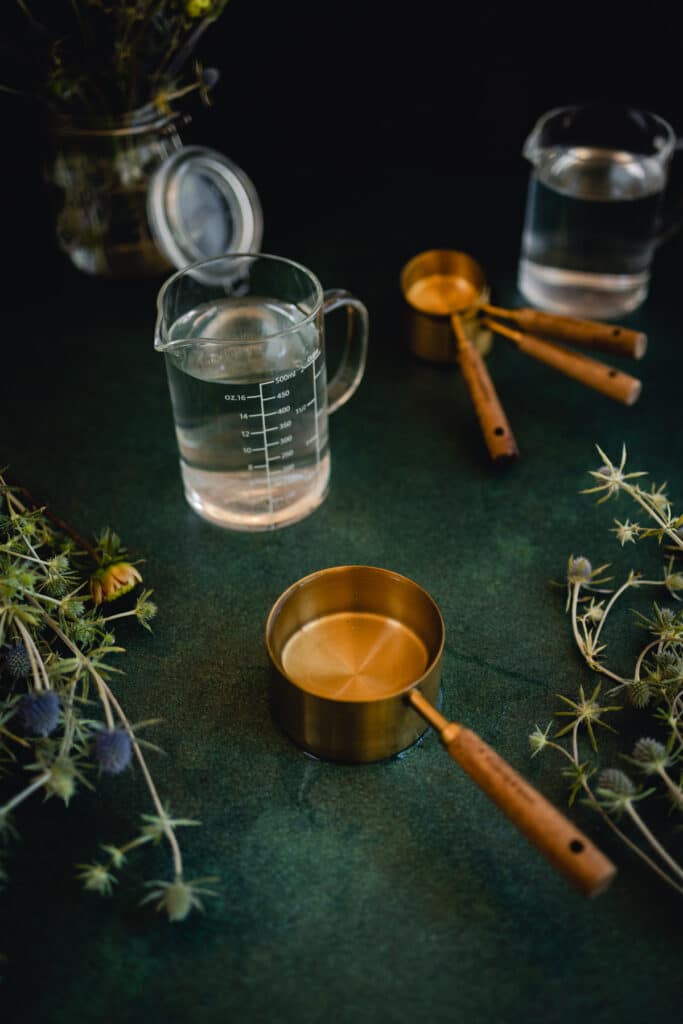
Free Download: Cups To Liter Conversion Guide
How many bottles of water should I drink a day?
The recommended daily water intake varies depending on factors such as age, sex, activity level, and overall health. However, a general guideline is to consume about eight 8-ounce glasses of water per day, which is equivalent to approximately 2 liters or half a gallon. This can be a good starting point, but it’s important to listen to your body’s hydration needs and adjust accordingly. Factors such as climate, physical activity, and individual health conditions may require additional water intake. Consulting with a healthcare professional can provide personalized recommendations based on your specific circumstances.
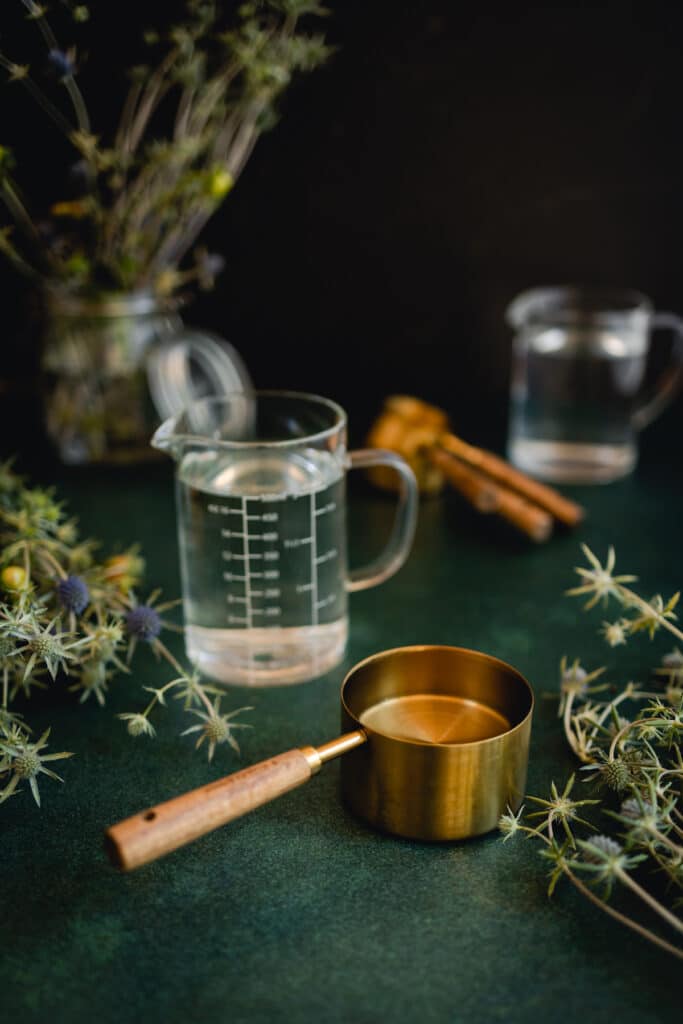
FAQ
When it comes to water, 2 liters is roughly equivalent to 8.45 cups. This conversion is invaluable for scaling recipes and accurately measuring water quantities.
No, 4 cups do not equal 1 liter. In terms of volume, 1 liter is equivalent to approximately 4.227 cups. Therefore, 4 cups is slightly less than 1 liter. It’s important to keep in mind the difference in measurement when converting between cups and liters for accurate recipe preparations and ingredient quantities.
There are approximately 4.227 8-ounce cups in a liter. This conversion allows you to easily scale recipes or measure out specific quantities of liquid.
One liter of liquid is equivalent to 33.8 fluid ounces or approximately 4.2 cups. This standard measure of volume is widely used for liquids, including water, in many countries. Understanding the volume of 1 liter helps in accurately measuring and scaling recipes, staying hydrated, and ensuring consistent results in your culinary and everyday endeavors.
For 2 liters of liquid, you would need approximately 8.45 cups. This conversion is helpful when scaling recipes or measuring out specific quantities of liquid. Whether you’re working with water, milk, or any other beverage, knowing that 2 liters corresponds to around 8.45 cups enables you to accurately measure and achieve consistent results in your culinary endeavors.
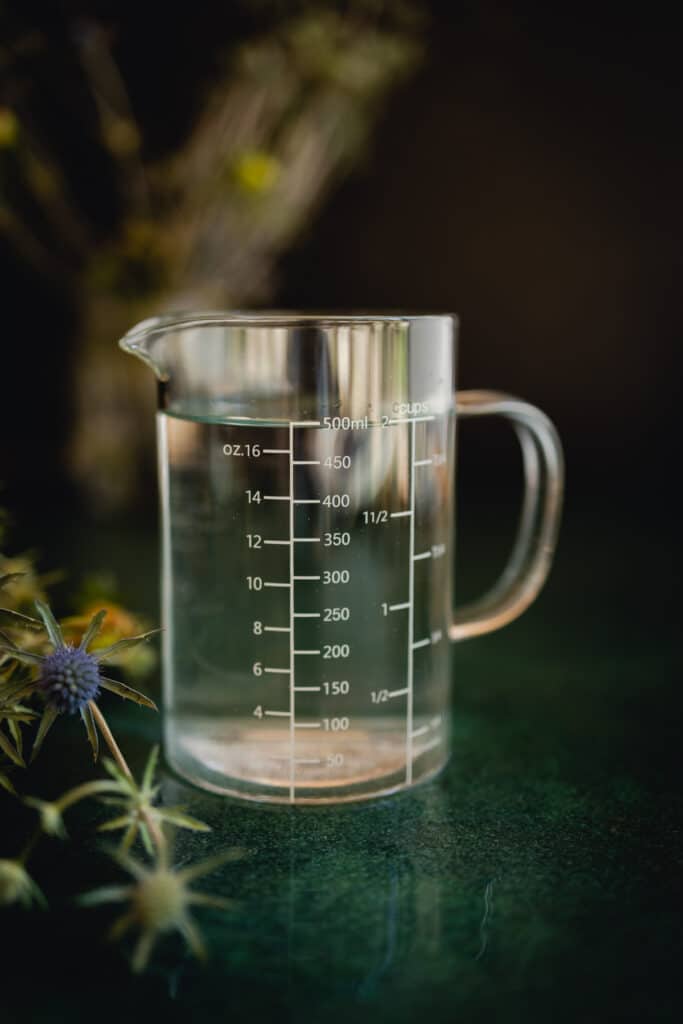
Final Words
Understanding the conversion between different types of cups and liters is vital. With our free Conversion Guide, you can confidently adapt recipes and achieve precise measurements in your culinary endeavors.

Another great article.
Thanks so much!